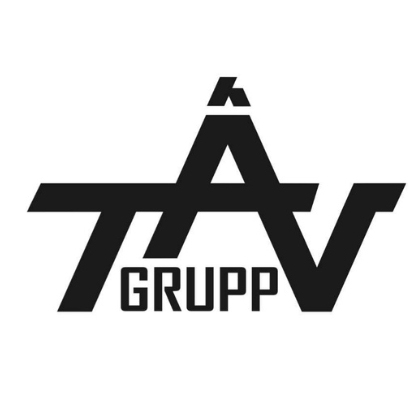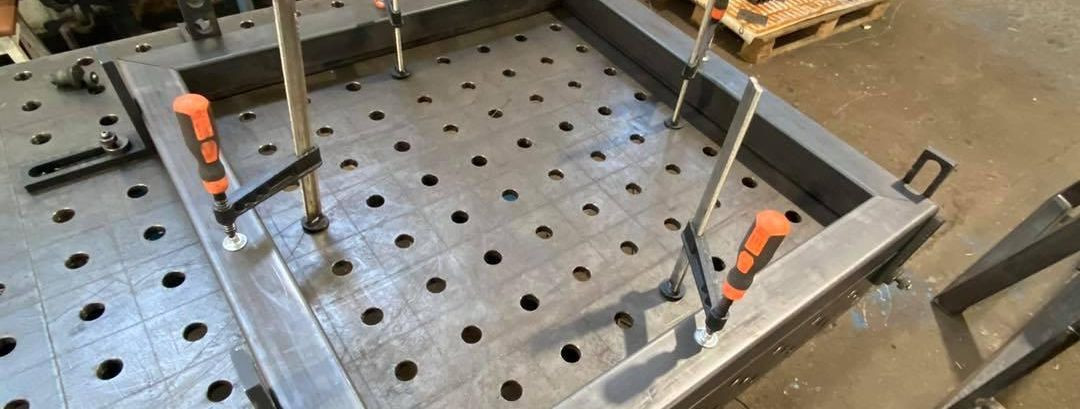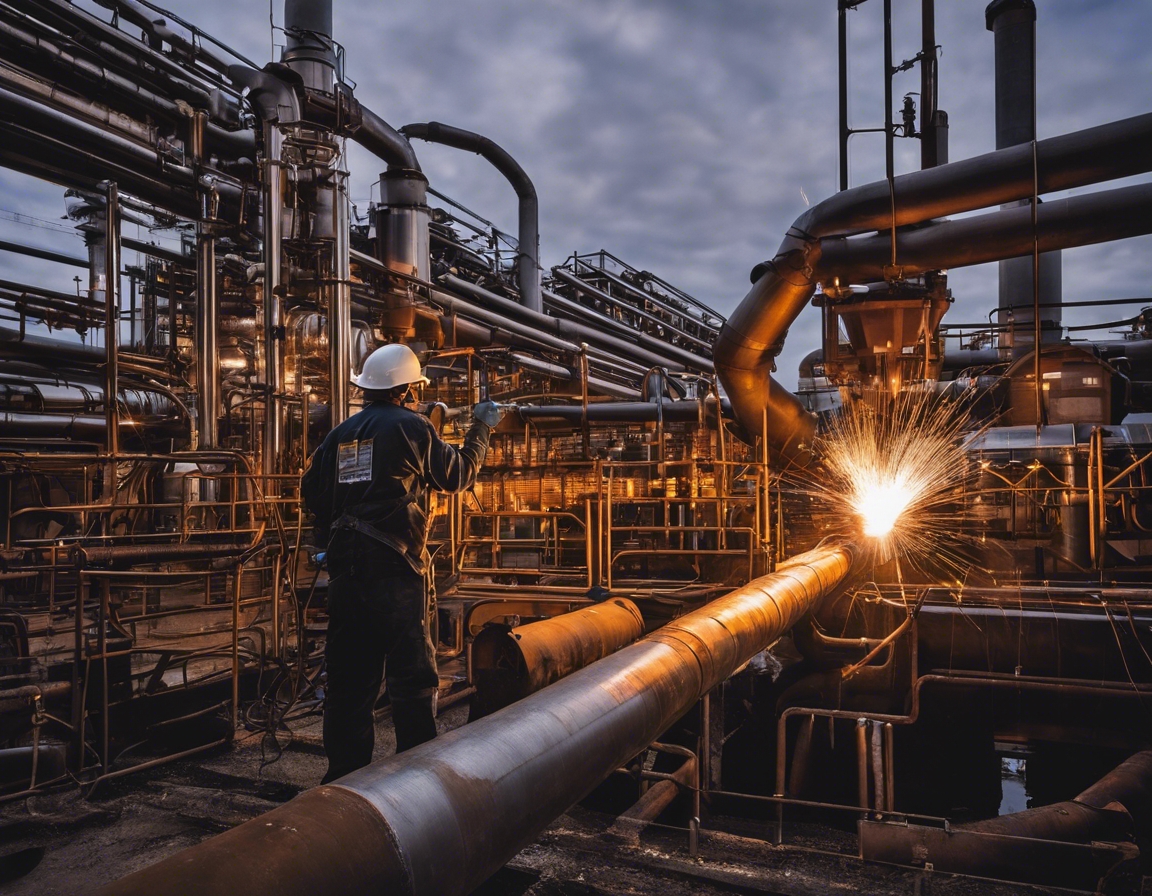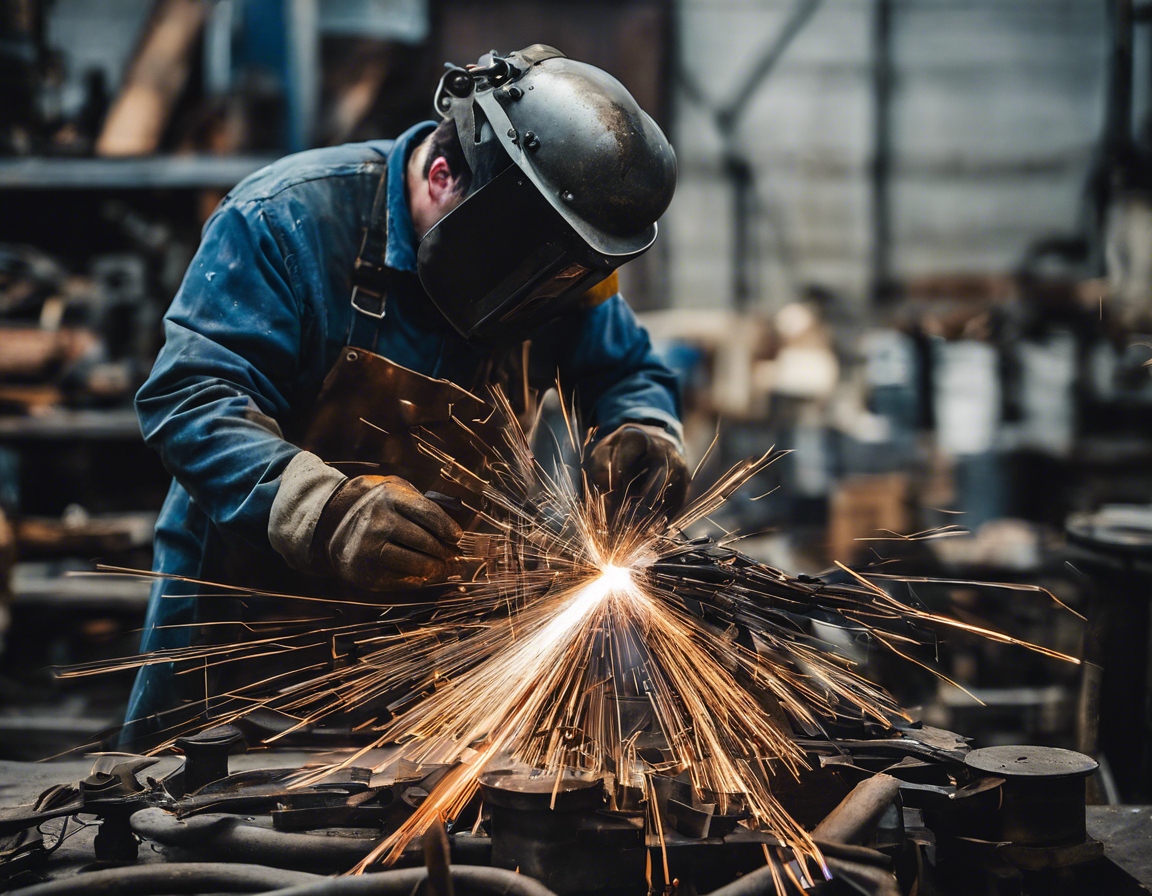The art of welding: how quality makes a difference
Welding is a fabrication process that joins materials, usually metals or thermoplastics, by causing coalescence. This is often done by melting the workpieces and adding a filler material to form a pool of molten material that cools to become a strong joint. In the industrial realm, welding is the cornerstone of construction and manufacturing, enabling the creation of structures, vehicles, and machinery that are integral to modern civilization.
Welding is not just about joining two pieces of metal; it's about ensuring the integrity and longevity of the entire project. A weld is often the critical point of strength in a structure, and its quality can mean the difference between a safe, enduring construction and one that is prone to failure.
The Hallmarks of Quality Welding
Quality welding begins with the welder. Certified and experienced welders bring a level of expertise that is essential for high-quality results. They understand the nuances of different welding techniques and how to apply them to various materials and project requirements.
The choice of materials and equipment is crucial in achieving a quality weld. Using the appropriate grade of metal and the right type of welding equipment can significantly affect the strength and durability of the weld.
There are numerous welding techniques, each suited to specific applications and materials. Mastery of these techniques, along with a meticulous approach to the welding process, ensures that each weld is as close to perfection as possible.
Quality Control in Welding
Quality control is a critical component of the welding process. Through various inspection and testing methods, such as non-destructive testing (NDT), welds are evaluated to ensure they meet or exceed industry standards and specifications.
Adherence to recognized standards and obtaining the necessary certifications are indicators of a welding company's commitment to quality. These standards provide guidelines for best practices and are a benchmark for the quality of work to be expected.
A dedication to continuous improvement in welding practices is a hallmark of a quality-focused welding service provider. This includes staying updated with the latest technologies, techniques, and safety measures in the industry.
The Consequences of Poor Welding
Poor welding can lead to structural failures, safety hazards, and costly repairs. The risks associated with subpar welding underscore the importance of choosing a welding partner that prioritizes quality.
Welding failures not only pose safety risks but also have significant cost implications. The expenses associated with fixing or replacing faulty welds can far exceed the initial cost of investing in quality welding services.
Choosing the Right Welding Partner
When selecting a welding partner, it's essential to consider their certifications, experience, quality control measures, and reputation in the industry. These factors will help ensure that you receive welding services that meet your project's specific needs.
TÄV GRUPP OÜ stands out as a leader in providing high-quality welding services. With a team of certified professionals, state-of-the-art equipment, and a commitment to excellence, TÄV GRUPP OÜ is the partner you can trust for all your welding needs.






Comments (0)